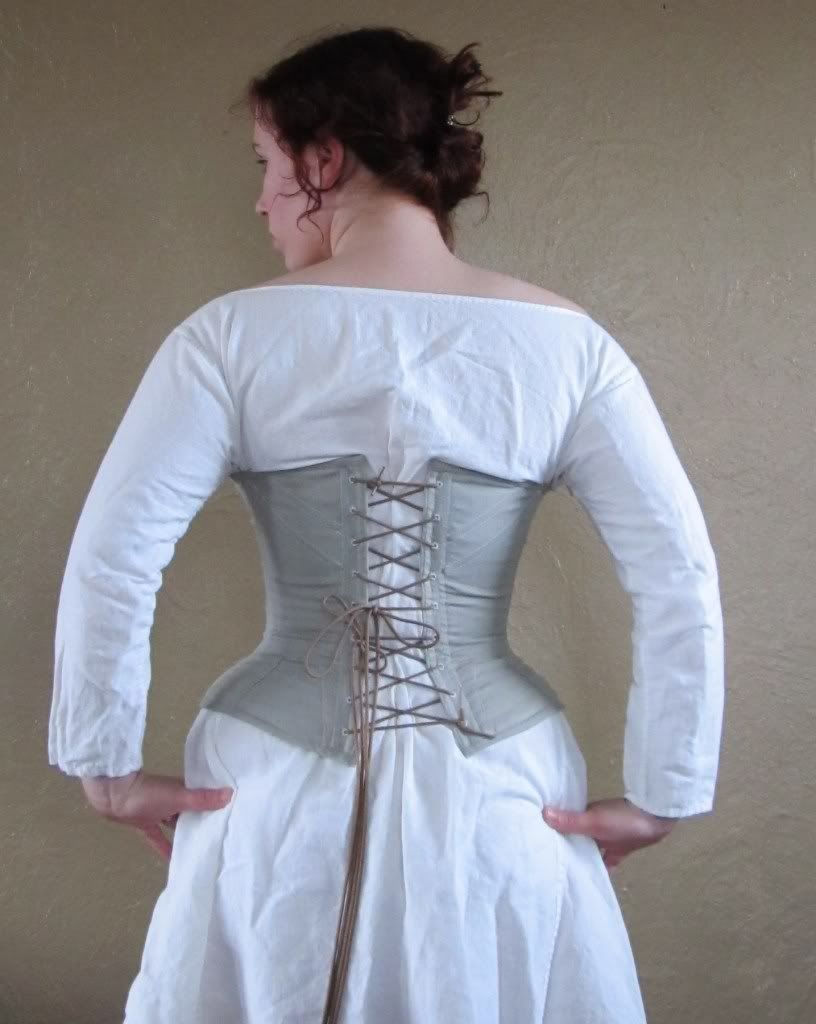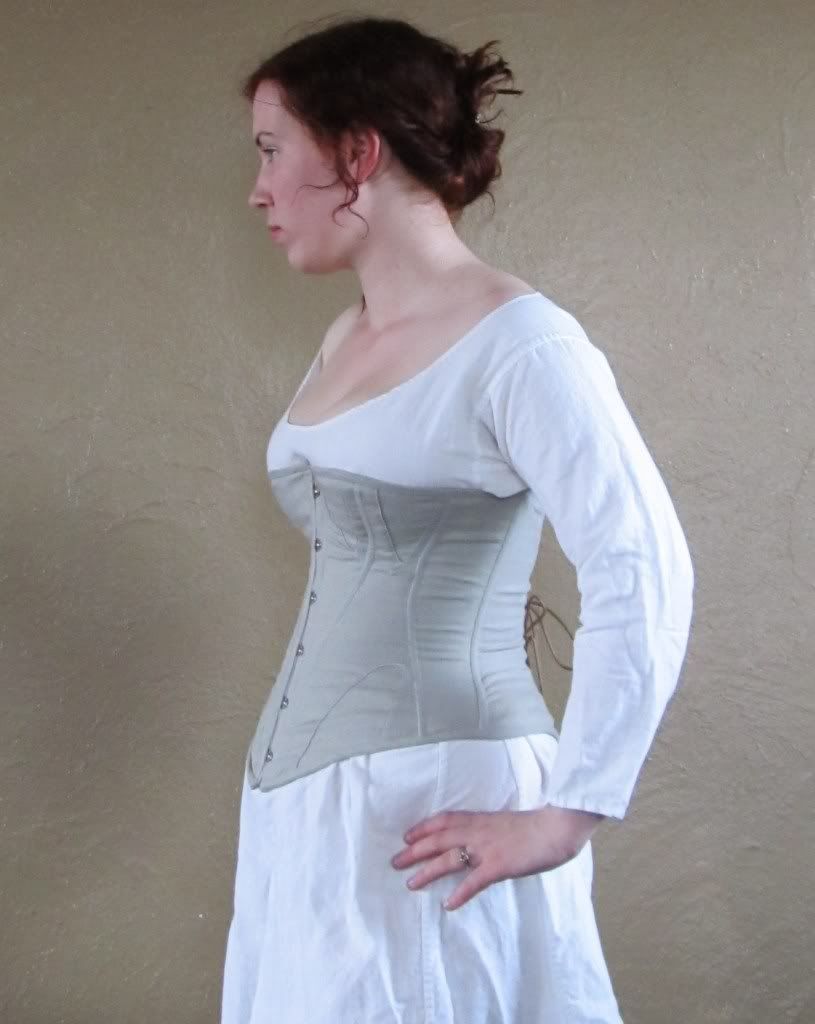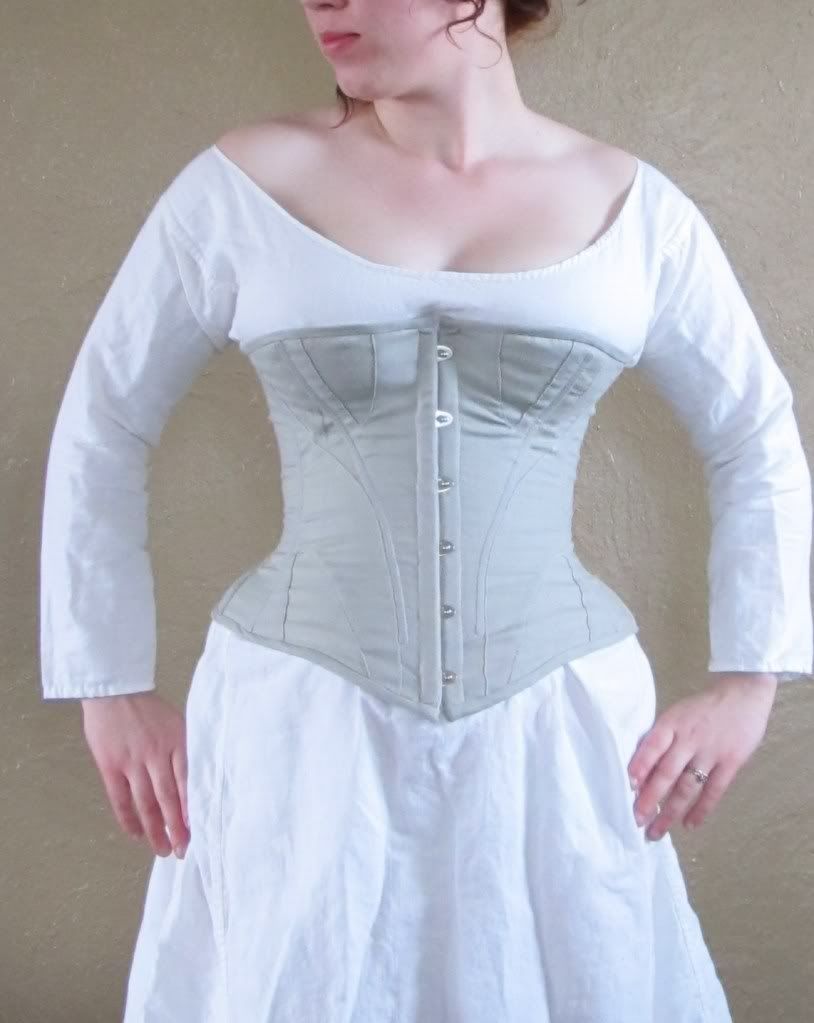"I thought it was only a kind of cram, such as the Dale-men make for journey's in the wild." said the Dwarf. "So it is," they answered, "But we call it lembas or waybread, and it is more strengthening than any food made by Men, and it is more pleasant than cram, by all accounts."
~ The Fellowship of the Ring
I must admit, I am a total geek when it comes to the Lord of the Rings. I love the movies, I adore the books and I really think my main interest in the SCA, and reenacting the medival period in general, is because I have such a strong fascination with Middle Earth. It's fantasy, not history, but it is actually more of a historical fantasy than anything, I think. It's not so fantastic as to be unbelieveable. I like that.
Reading about lembas this morning, and being quite hungry at the same time, I wondered if anyone, as geekified as myself, may have attempted to come up with a reasonable recipe for this way bread. I did a google search and lots of recipes popped up. A few looked somewhat reasonable but in the end, I decided to make up my own recipe based upon what I imagine lembas to be like and the descriptions given of the bread in the book.
"The food was mostly in the form of very thin cakes, made of a meal that was baked a light brown on the outside, and inside was the colour of cream." ~ The Fellowship of the Ring
So based on the description, I wanted to come up with something that was thin, light brown on the outside, light in the middle and with a crisp crust. Gimli the Dwarf also described the lembas as being better than honey cakes.
So I thought to myself, what do I think of when I think of lembas? I think of the children of Israel and manna in the wilderness. I think of the taste of honey and butter. I think of a moist, crumbling crumb and a crispy brown, thin crust. Flat cakes, looking and feeling like hard tack. Of course, being a reenactor of the American 1860's era, I am very familiar with the flour-salt-and-water hard tack biscuits that were issued as journey food to the soldiers of the time. These biscuits could keep for months and years without changing much in appearance. In fact, there are still extant pieces of hard tack from this era that look just as edible and fresh as newly made hard tack.
A lot of the recipes I looked at included various spices, nuts and raisens and called for cooking the lembas on a griddle or stovetop. I wanted to have mine baked, as was described in the book. A lot of the recipes yielded a result that was quite heavy and scone like. I imagine lembas as more of a thickish cracker.

In the end, I made my own recipe. The finished result is almost what I was thinking of. The cakes did not turn out quite so crispy on the outside as I had imagined but I'm going to take a cracker trick and let the cakes sit in the oven overnight and hopefully, by tomorrow morning, they will be nice and crispy. Also, the inside of the cakes is a yellow-white color instead of being the "colour of cream". I attribute that to the yellow honey and butter in the cakes. Using white shortening and white sugar instead of butter and honey would probably yield a whiter cake. My lembas cakes have a crumbly texture, are flat with little leavening to, hopefully, boost their preservative qualties and are flavored subtly with butter, honey and a hint of lemon. They are definitely not what we think of as a modern "cake", soft and moist and loaded with sugar and eggs, but are sweeter, softer and definitely more palatable than plain hard tack. I wanted to keep things as simple as possible. So here is my take:
Elven Lembas:
Yield: 30 cakes appx. 1.5" x 2"
In a bowl combine
1 3/4 c. white flour
1 c. cornstarch
1/2 tsp. salt
1/2 tsp. baking soda
To above mixture, cut in
1/2 c. (one stick) of cold butter
til crumbly and moist
In a seperate bowl, combine
3/4 c. milk
2 Tablespoons lemon juice
1/2 c. honey
let sit for 10 minutes
Add milk/honey/lemon mixture to dry mixture. Turn out onto a floured surface and knead for 30 seconds or until dough holds together and is smooth. Divide in two. Be careful to not over knead the dough as too much handling will yield a stiff, chewy cake instead of a crumbly one.
Roll each half out to 1/4" thickness (no thicker) and with a sharp knife cut into cakes. I made mine appx. 1.5" x 2" but you can customize the size to whatever best suits your needs.
Place cakes on an ungreased baking sheet and bake at 300 degrees for 15-20 minutes, turning once halfway through cooking time. Tops and bottoms of cakes should be golden brown.
A thank you to my own little hobbits who were willing to dress up in their medieval garb and munch lembas cakes outdoors on this misty, gray, wet afternoon. Malachi refused to wear his attire but the older boys were perfect for the parts of Frodo and Sam. Gotta get SOME use out of these outfits before they outgrow them! ;)
Love,
Sarah








































